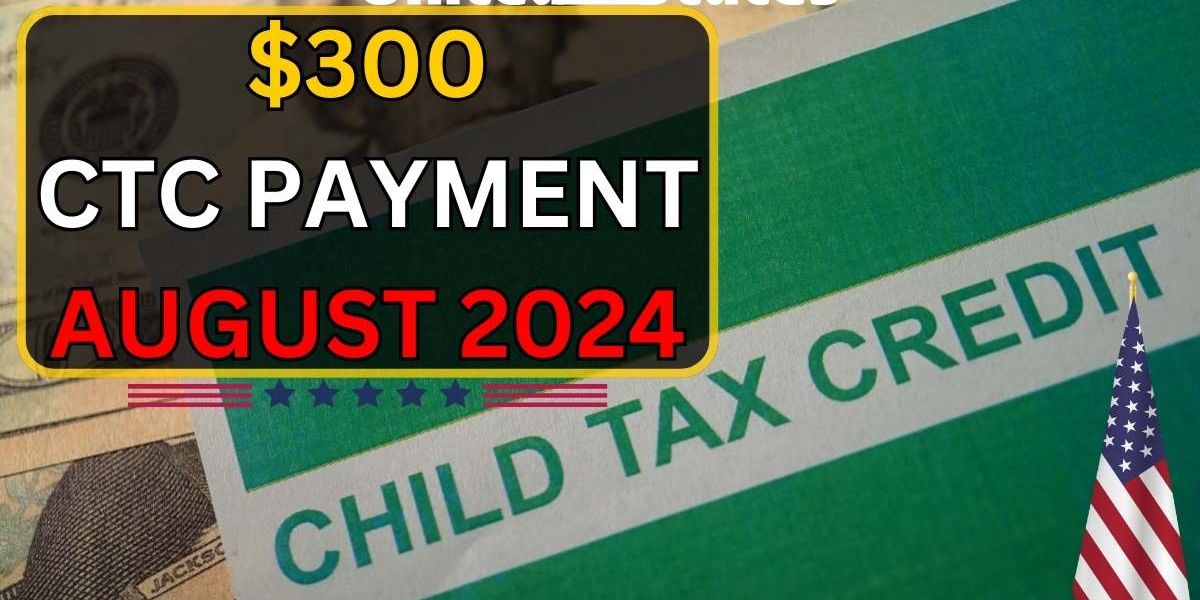Fraud is on the rise everywhere in the U.S., but one of the programs that has been targeted the most as of late has been the Supplemental Nutrition Assistance Program (SNAP). Its recipients across various states are some of the country’s most vulnerable people and they are regrettably falling prey to these scams and losing hundreds of dollars in benefits.
Reports of SNAP benefit scams have been made public nationwide, including a recent case in Ohio where, one recipient, Jason Nichols, discovered that his electronic benefit card (EBT) had been cloned and used in other states. Nichols told WHIOTV that he lost $291 worth of food stamps because scammers spent his benefits in stores in Illinois.
Since, to make things easier for beneficiaries, SNAP benefits are administered through an EBT card, which functions similarly to a debit card, like regular debit or credit cards, EBT cards are susceptible to various types of scams, such as cloning, phishing, and skimming. Each month, these cards are loaded with funds to be used in participating stores across the country providing an infinite amount of opportunities for thieves to cone them and use them up before their beneficiaries even notice.
Officials in Ohio have recently issued warnings to SNAP recipients about the sharp increase in fraud. The Ohio Department of Job and Family Services highlighted this issue in a March statement: “Criminals have increasingly used a process called skimming to steal account numbers. This involves placing a device over a point-of-sale card reader to copy payment card information A report from the FICO credit scoring agency shows that card skimming grew 368 percent from 2021 to 2022.”
But the problem is not just confined to Ohio. Data from the U.S. Department of Agriculture’s Food and Nutrition Service (FNS) indicates that there were nearly 177,000 instances of fraud in the first quarter of 2024 across various states. New York emerged as the most affected state, with 34,306 reported cases of benefit fraud in this period. Other states, including Illinois, Maryland, and Texas, have also experienced high numbers of EBT scams.
Luckily in some cases, the thieves are caught and prosecuted by the authorities. In a notable case earlier this year, two individuals were charged with using a New York bodega as a hub for over $20 million in EBT fraud. Additionally, in March 2024, six people were arrested in Texas for their involvement in food stamp fraud amounting to tens of thousands of dollars.
And authorities have not stopped at the prosecution stage, in response to this widespread issue, several legislative measures have also been proposed in New York to combat SNAP fraud. These include making SNAP fraud a class D felony and conducting a study to understand the prevalence of food stamp theft in the state. Brooklyn Representative Iwen Chu emphasized the severity of the issue, describing SNAP benefit fraud as “a critical issue” that has “victimized countless individuals and families” and drained “substantial state resources.”
Chu further explained the importance of the proposed study on SNAP fraud “This is why the study on SNAP fraud is so important; it will help us uncover the root causes, identify common tactics used by scammers, and guide us in crafting effective countermeasures. The state must act immediately to identify how these benefits are being stolen. This is the essential first step to protect low-income New Yorkers who rely on this assistance for food and other necessities.”
Measures you Can Take to Prevent SNAP Fraud
For SNAP recipients looking to protect themselves from fraud, the Ohio Department of Job and Family Services offers several tips:
- Create a unique and difficult-to-guess PIN for your EBT card.
- Change your PIN monthly, before each scheduled deposit.
- Never share your card number or PIN. The Ohio Department of Job and Family Services will never ask for these numbers.
- Carefully examine point-of-sale card readers before using them to check for skimming devices.
- When entering your PIN, cover the keypad with your body or hand to prevent others from seeing it.



